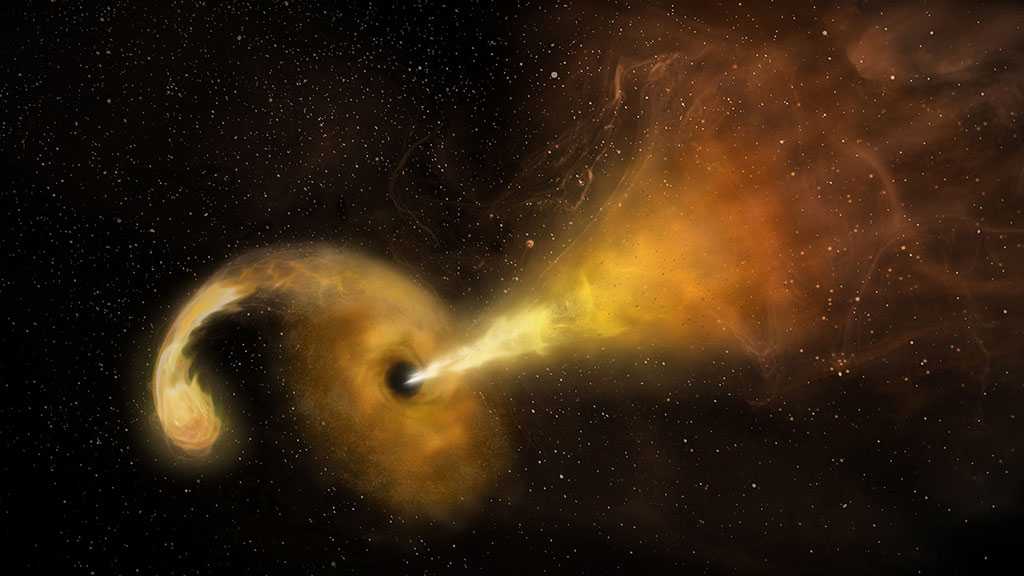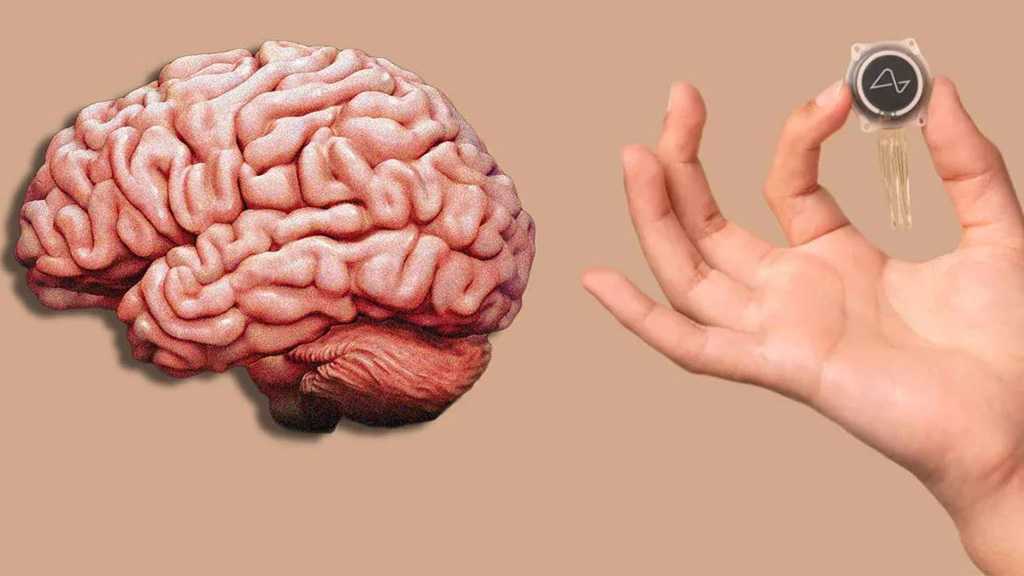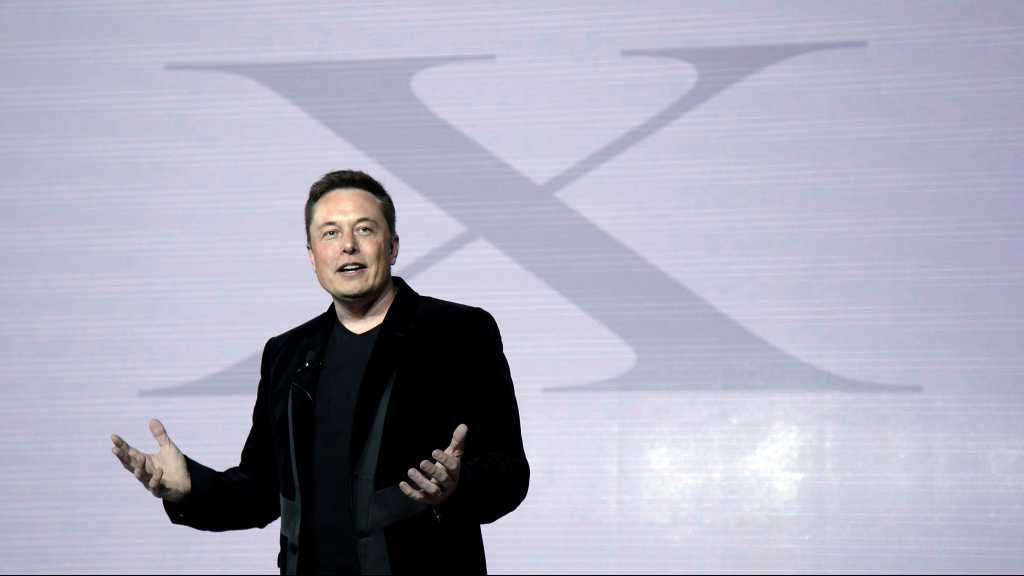
Monster Black Hole That «Should Not Even Exist in Our Galaxy» Spotted!

By Staff, Agencies
There are about 100 million stellar black holes in our Milky Way Galaxy, which were formed as a result of the collapse of massive stars. Scientists have always thought that the weight of each such black hole is no more than 20 times that of the Sun.
An international team of astronomers has detected a stellar black hole with a record mass 70 times greater than that of the sun, according to a study published by the journal Nature.
The team headed by group of astronomers led by Professor Liu Jifeng of the National Astronomical Observatory of the Chinese Academy of Sciences spotted the monster black hole named LB-1 with the help of the Large Sky Area Multi-Object Fibre Spectroscopic Telescope [LAMOST].
The device is capable of looking for stars that orbit an invisible object pulled by its gravity.
Professor Liu pointed out that the detection of LB-1, which is located 15,000 thousand light-years from Earth, came as a big surprise because “black holes of such mass should not even exist in our Galaxy, according to most of the current models of stellar evolution”.
He added that scientists previously believed that “very massive stars with the chemical composition typical of our Galaxy must shed most of their gas in powerful stellar winds, as they approach the end of their life”, which is why “they should not leave behind such a massive remnant.”
“LB-1 is twice as massive as what we thought possible. Now theorists will have to take up the challenge of explaining its formation”, Liu said.
Stellar black holes are cosmic bodies that were formed during the collapse of massive stars in our Milky Way Galaxy. Until now, researchers believed that the weight of each such black hole was no more than 20 times that of the Sun and could only be discovered when they gobbled up gas from a companion star.
Comments
- Related News



